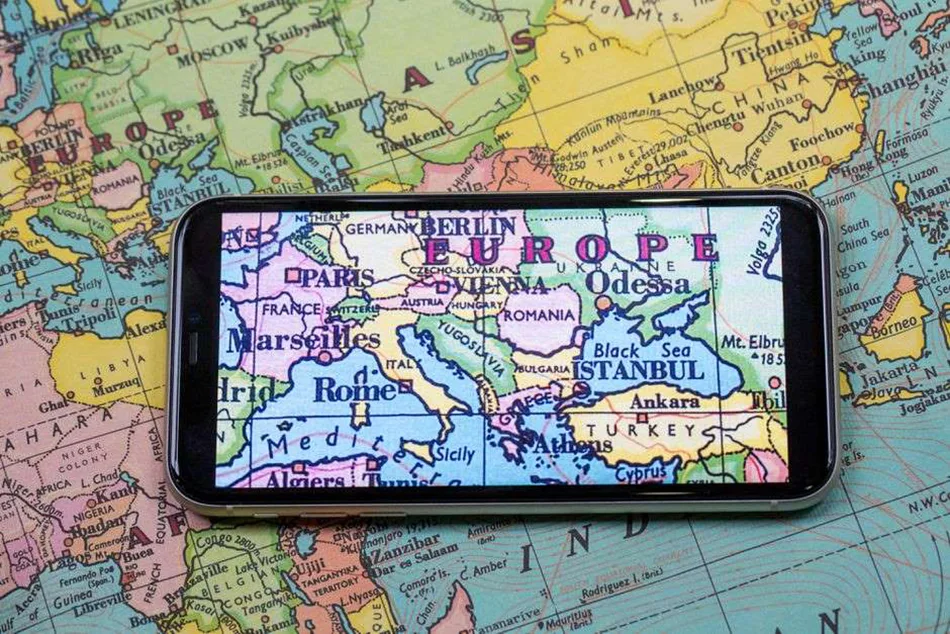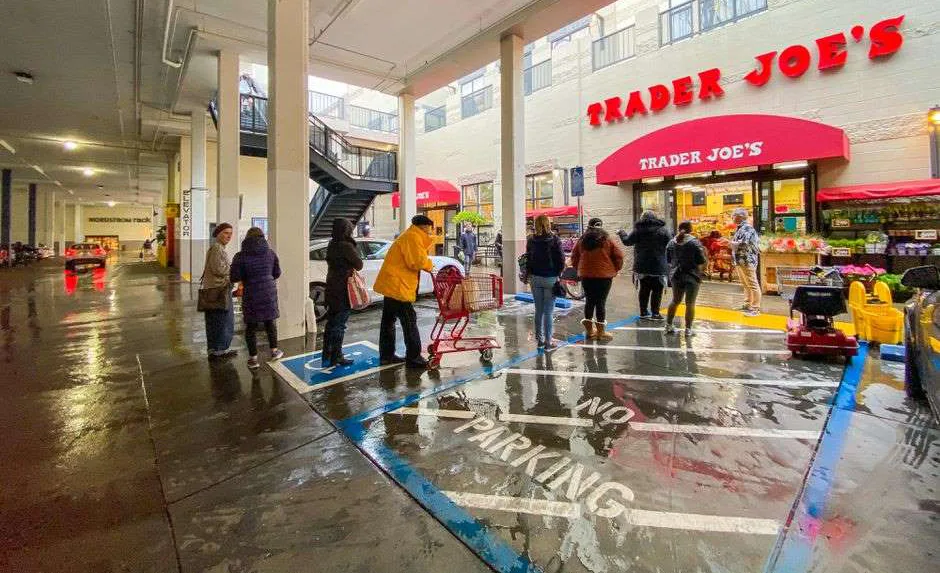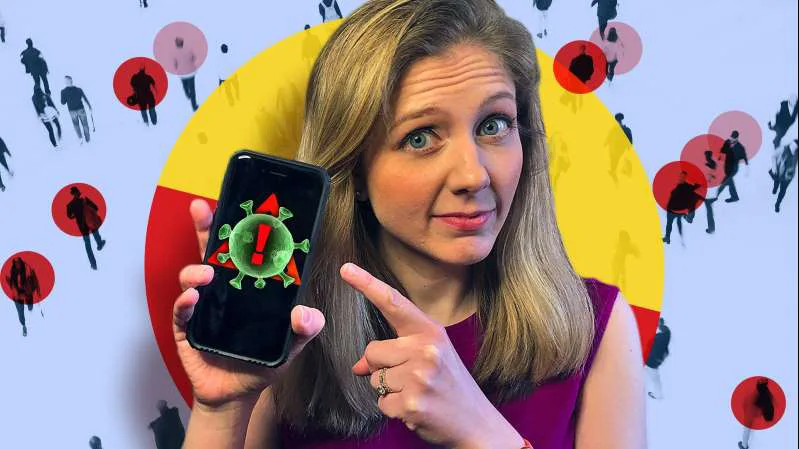Public health surveillance, especially contact tracing, has played an important role in restraining the spread of the virus. As the COVID-19 pandemic virus sweeps across the globe, countries, and regions around the world are taking urgent action to deal with the crisis. The purpose of this article is to give you a comprehensive understanding of what contact tracing technology is.
What is contact tracing?

By systematically identifying and managing the people who have been in contact with COVID-19 patients, contact tracing has become an effective way to contain the virus. Quarantine of identified contacts through contact tracing technology interrupts human-to-human transmission and is an essential public health tool for virus control. Contact tracing is also beneficial to people at risk of infection. Assuming they show symptoms of infection, they can get medical care more quickly.
How does contact tracing work?

Contact tracing works based on the use of digital platforms and technologies. In addition to Google and Apple’s efforts, South Korea and Singapore are also using GPS information from mobile phones to identify possible infected people. Israel is using a top-secret counter-terrorism mobile phone location database to track infections. The volunteer group Covid Watch is teaming up with Stanford University to use Bluetooth proximity for contact tracking in a similar way to Google and Apple.
What Devices are used for contact tracing?

One of the technologies used for contact tracing is Bluetooth technology, which is a very helpful way since it can perceive and contain the spread of infectious diseases in time. The example below is an example to show you how it works. In a large company, for example, every staff will be equipped with a wearable bracelet or tag. Tags can automatically communicate with each other and alert employees when they are near another tag, ensuring proper social distancing between the two people.
The tag also collects data when an interaction occurs. If an employee is unfortunate enough to contract the virus, the system can help us find out who he has been in contact with. As we know, the data collected by GPS location will expose the wearer’s privacy, but the use of close contact data will help to protect their privacy.
Whether contact tracing can control the spread of the virus
According to the World Health Organization (WHO), contact tracing involves monitoring “people who are in close contact with someone infected with the virus,” thereby helping “contacts access care and treatment” and potentially preventing “further spread of the virus.” Proper contact tracing can “achieve epidemic control”. Proper contact tracing can “achieve epidemic control,” according to a published scientific study by Luca Ferreti of Oxford University.
In many parts of the world today, contact tracing is a technological proposition built on the use of digital platforms and technologies. In addition to Google and Apple’s efforts, South Korea and Singapore also use GPS to identify possible infections. Israel is using a top-secret counter-terrorism mobile phone location database to track infections.
What is the purpose of contact tracers during the COVID-19 pandemic?

People who have been in contact with a recently infected person, should voluntarily report to the local health department and check the department whether he or she meets the contact definition. They can also hear directly from people they’ve been in contact with who have subsequently tested positive. Contacts are generally divided into general contacts, close contacts, and close contacts of close contacts. If you are one of these and you are already using a virus proximity tracking app, someone from the relevant department will contact you by phone to let you know.
If the relevant government department defines you as a contact, all you have to do is follow their arrangements and go into quarantine. This means being separated from the rest of your family and staying home to monitor your health and watch for any signs of illness. Some countries have equipped home-quarantined contacts with thermometers, dedicated testing staff, and three meals a day, allowing contacts to complete quarantine at home with peace of mind. Once you are defined as a contact, please contact the health department consciously.
The World Health Organization (WHO) recommends quarantine within 14 days of the last contact with an infected person, but the quarantine period may vary from country to country. If you want to know about the local quarantine details, you can contact local health departments.
Contact tracing solutions

Apple and Google released software updates in May. Together, they will develop a Bluetooth-based API (application programming interface) that will allow Android and iOS smartphones to exchange anonymous information over Bluetooth within range, enabling contact tracing.
Using this API, public health agencies will launch their own apps on the dual system. The App generates a new anonymous code every once in a while, and when users are within five minutes of a certain data point (such as social distancing), their devices exchange the code via Bluetooth, creating an encrypted record on their phones.
If a user is diagnosed with COVID-19, he can choose to work with public health agencies to record the diagnosis in the App. The App sends the patient’s coded exchange record to a cloud server, which then sends it to all users to find a match. Any App user who has been in a certain space with the patient in the past 14 days will receive a quarantine notification from the App because the code exchange record matches. During this process, patient identity and personal information are completely confidential and not visible to other users.
The experience of many countries has shown that tracing and isolating close contacts is one of the effective ways to stop the further spread of the disease. In the past, this work was mostly carried out by human visits, conversations, phone calls, and other ways to map the confirmed cases to find contacts. At a time of manpower shortages, replacing manual work with technology that reduces the risk of further exposure sounds ideal. Whether it can achieve the desired effect, and whether it can protect citizens’ privacy at the same time, is an issue that needs to be continuously tracked and monitored.
















